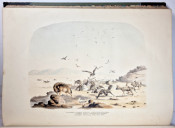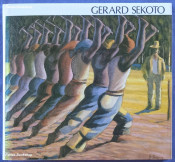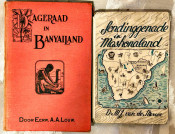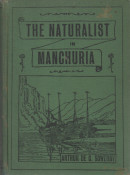First edition, first issue: (vii), 175 pages, folio (590 x 435 mm the size agreeing with Abbey and giving spacious margins), hand coloured lithographic title page (dated 1840 as is the printed title page), 30 fine hand coloured lithographic plates drawn on stone by Frank Howard, printed on large (Columbier) paper with the lithographed chapter tail pieces, original half green leather rebacked with green linen by R.Korytowski, Johannesburg, preserving the backstrip, some pieces missing and the corners are worn, gilt title label on the upper cover, marbled endpapers strengthened with green linen, marbled edges. The list of subscribers is bound in at the end. The plates are generally clean and bright with some occasional light foxing, the text pages are lightly foxed throughout.
Abbey (J.R.) Travel in Aquatint and Lithography 1779 – 1860, number 335, pages 287 – 290, ‘Published in five parts at £2. 2s. each part, on large (Columbier) paper, with tail-pieces, or at £1. 1s. each part of ordinary (Imperial) paper without tail-pieces. The book was finally published in volume form in 1843 at £10. 10s. (possibly in half morocco) and £5. 5s. respectively.’
Mendelssohn(S.) South African Bibliography, volume 1, page 688-9. ‘One of the most important and valuable of the large folio works on South African fauna….. In addition to the beautiful coloured engravings (sic) which render this work almost the most highly prized of the books relating to South African animals, every plate is accompanied by an exhaustive chapter upon the characteristics of the animal represented, as well as by a short sketch of its personal appearance.’
Oxford Dictionary of National Biography (https://doi.org/10.1093/ref:odnb/12428) H. M. Chichester, revised by James Falkner, 'Harris, Sir William Cornwallis (bap. 1807, d. 1848), army officer and traveller, the son of James Harris of Wittersham, Kent, was baptized on 2 April 1807. Robert Harris (1809–1865) was a younger brother. After attending a military college Harris was appointed to the Bombay establishment (Engineers) in 1823. His commissions were: second lieutenant (18 December 1823), lieutenant (1 May 1824), captain (8 August 1834), and major (16 August 1843). He was appointed assistant superintending engineer at Bombay on 9 September 1825, and executive engineer at Khandesh in November 1825 and at Deesa in October 1830. In 1836 Harris was invalided to Cape Colony for two years by a medical board.
'On the voyage to the Cape, Harris, who from a very early age had been keen on shooting, made the acquaintance of Richard Williamson of the Bombay civil establishment, a noted hunter, and the two arranged an expedition into the African interior in search of big game. After conferring with Dr Andrew Smith, the African naturalist, then just returned from the interior, Harris and his friend started by ox-wagon from Algoa Bay, by way of Somerset and the Orange River, and travelled in a north-easterly direction until they reached the regions of the formidable Matabele (Ndebele) chief Mzilikaze. He proved friendly, and permitted the travellers to return to the Cape by a new and previously closed route by summer of 1837.
'Their absence from India extended from March 1835 to December 1837, and on his return to India Harris was appointed executive engineer at Belgaum in January 1838, and field engineer to the Sind force in December of the same year. In December 1840 he was made superintending engineer to the southern provinces, and in September 1841 was sent in charge of a mission to establish relations with the ancient Christian kingdom of Shoa in the highlands of Ethiopia. He returned to England with a commercial treaty with that state, and was knighted for his services (June 1844). Harris was highly regarded in his role as executive engineer at Dharwar Dion in 1846 and at Poona in February 1847, and on 5 February 1848 was appointed superintending engineer, northern provinces. He died of malignant fever at Surwur, near Poona, on 9 October 1848.
'Harris submitted an account of his travels in southern Africa to the Royal Geographical Society, London, and the Geographical Society of Bombay. He published a further account, Wild Sports in South Africa (1841). Under the title 'Wild sports in South Africa, being a narrative…', the same work appeared in London in 1841. Harris, a competent artist, also published Portraits of the Game Animals of Southern Africa, Drawn from Life in their Natural Haunts (1840) and Highlands of Ethiopia: a Narrative of a Mission to the Kingdom of Shoa (1844). He also published papers in the Zoological Society's Transactions and Proceedings, the Linnean Society's Proceedings, and elsewhere.'
Czech (Kenneth) Bibliography of African Big Game Hunting Books 1785 -1999, page 119, 'One of the rarest of all books dealing with African big game and sport, this monumental presentation depicts wild game of southern Africa as encountered and studied by Harris. The tinted lithographs highlighted in colour by hand are especially lovely and make this volume exceptionally desirable. Included among the portraits are elephant, buffalo, rhinoceros, lion, leopard, kudu, roan, eland, and quagga, among others. Each of the illustrations is also enlivened by scenic backgrounds of the habitat. The portraits are highlighted with Harris' detailed descriptions of the game, habitat, and with occasional mention of his hunting adventures.'
London, Published for the Proprietor, by W. Pickering, Chancery Lane, and to be had of P. & D. Colnaghi, Pall Mall East; W. Wood, Tavistock Street, Covent Garden; T. Cadell, Strand.
- Overall Condition: Very good
- Size: Size: Folio (590 x 435 mm)

.jpg)


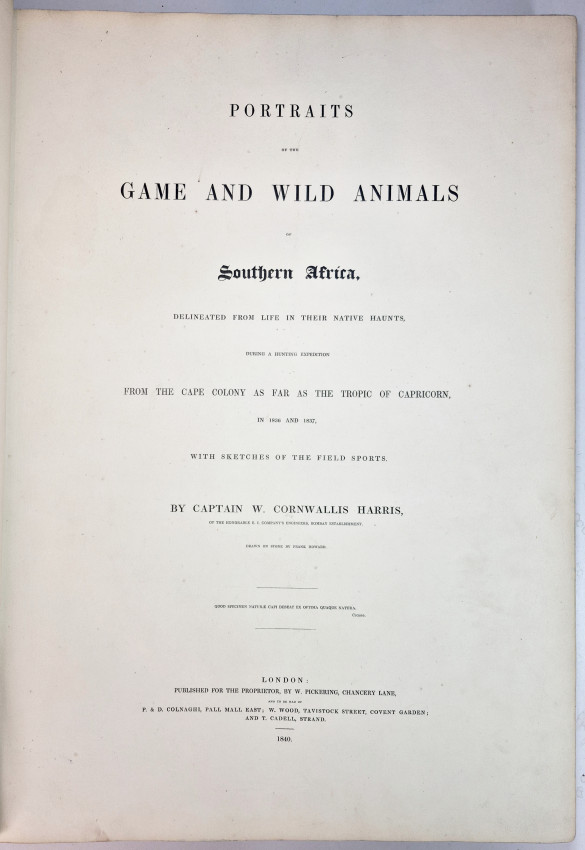
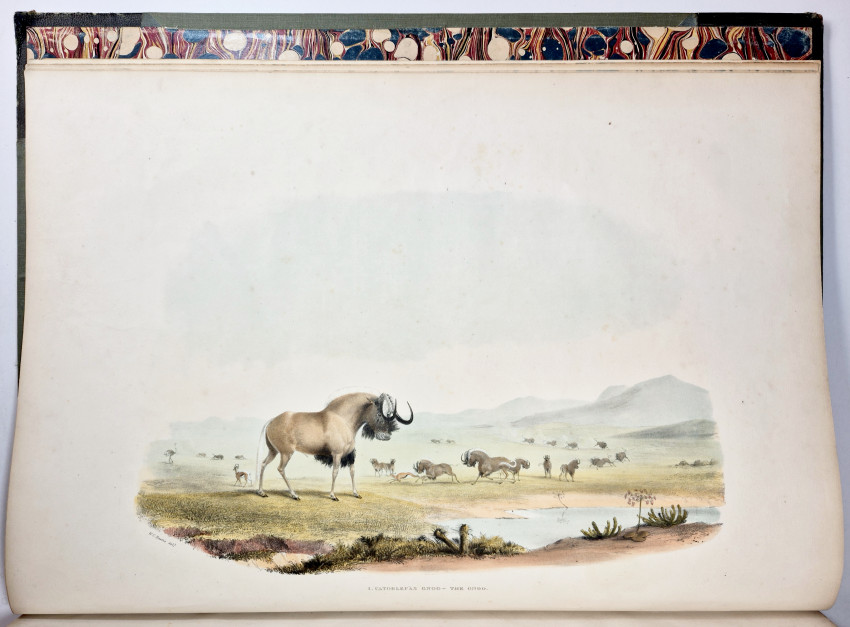
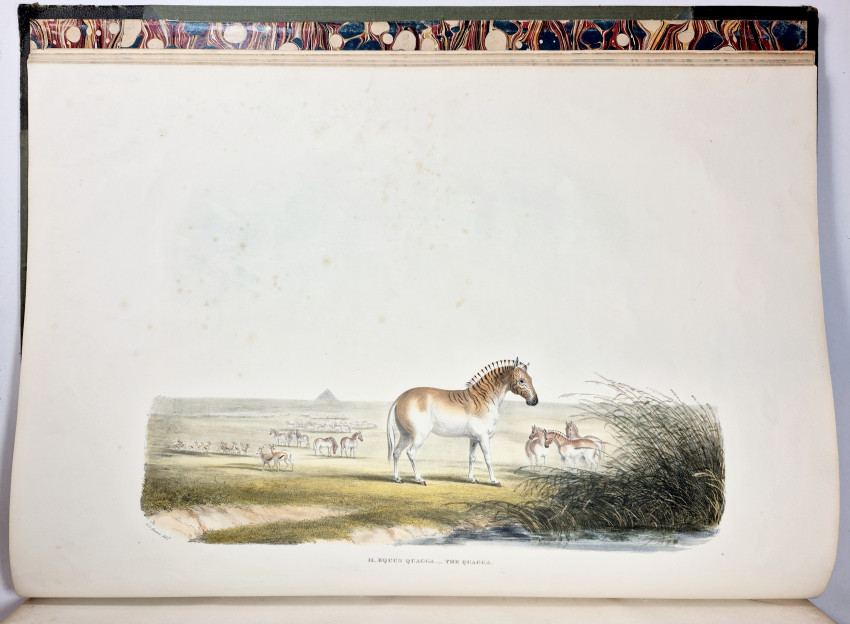
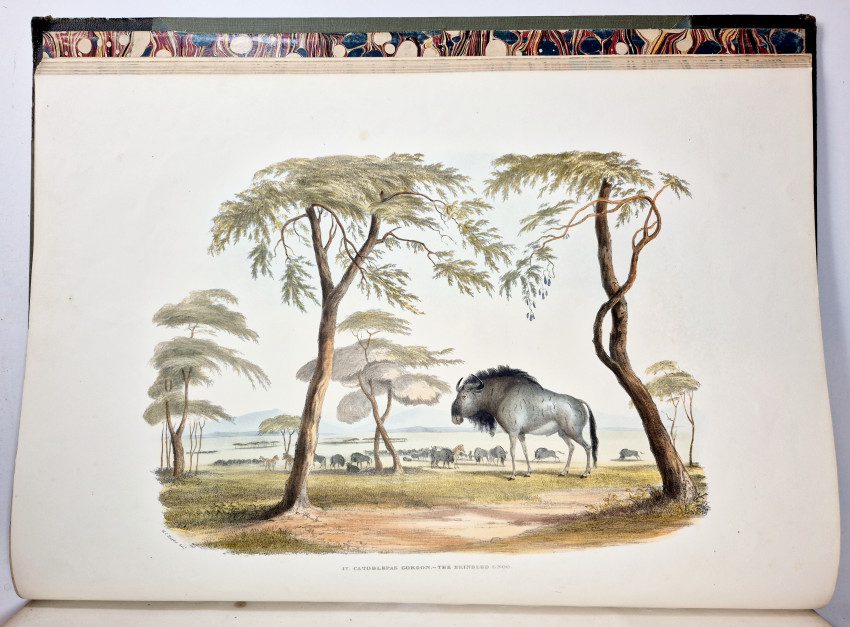

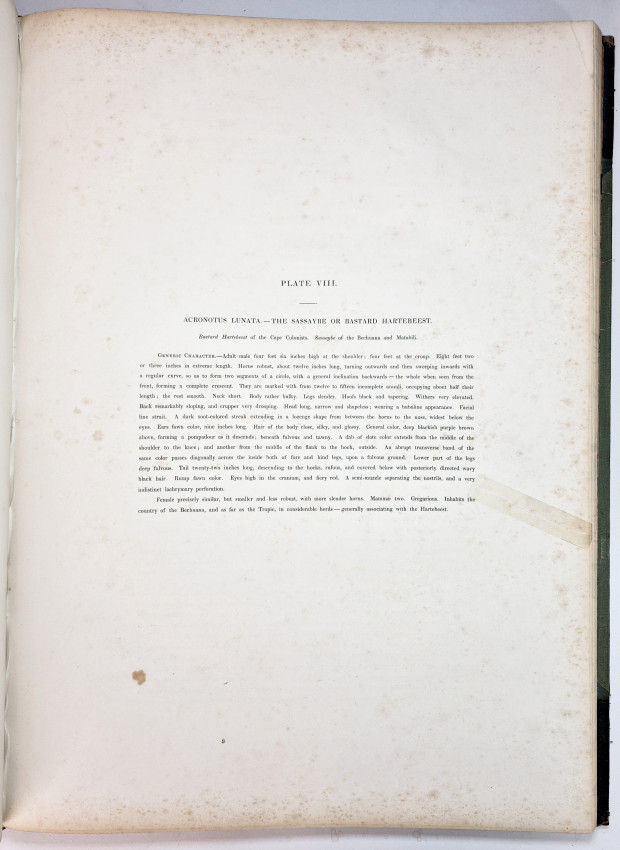
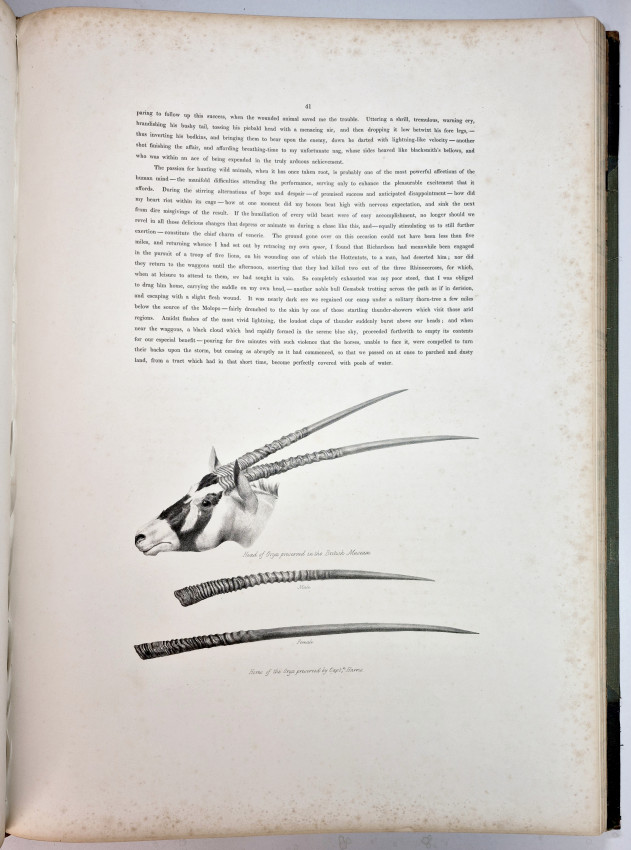
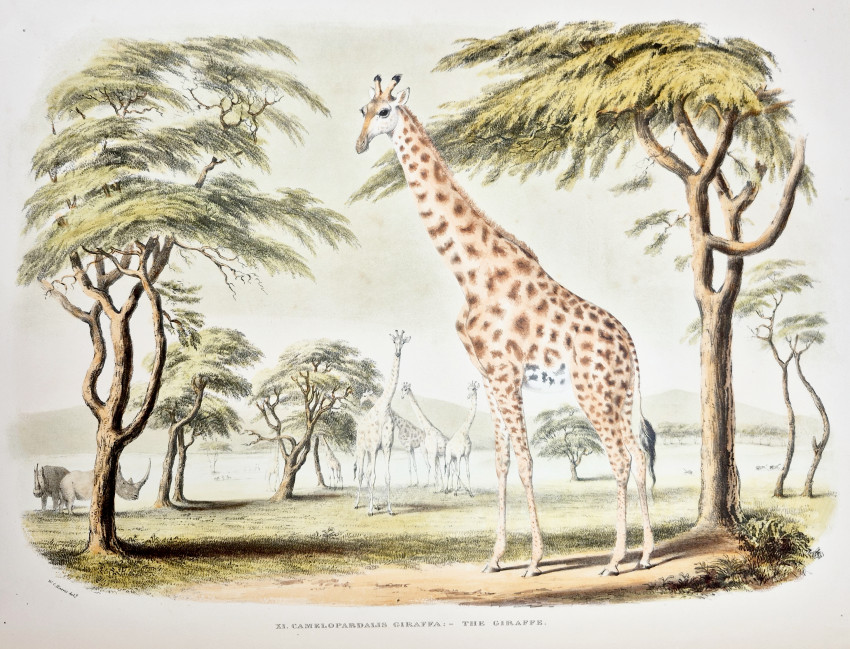
.jpg)
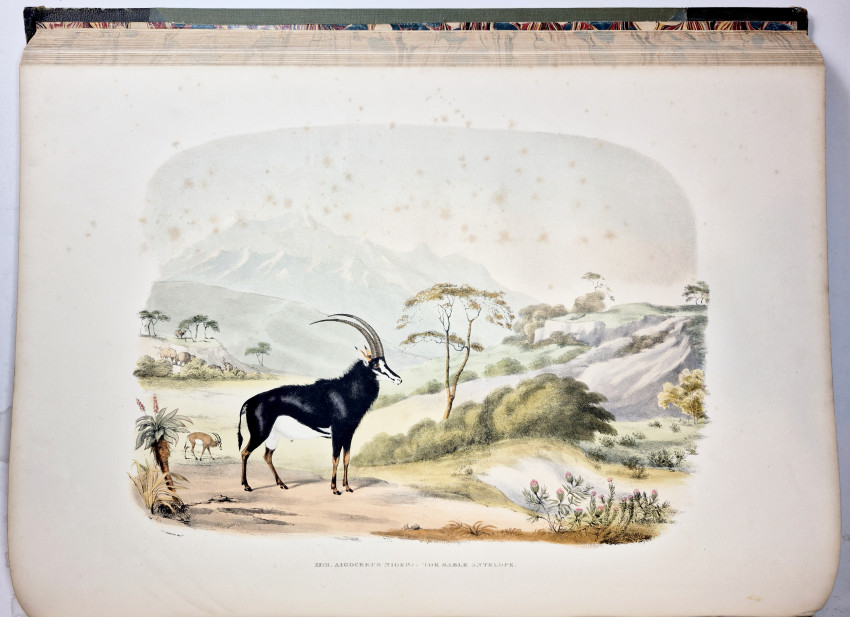
.jpg)
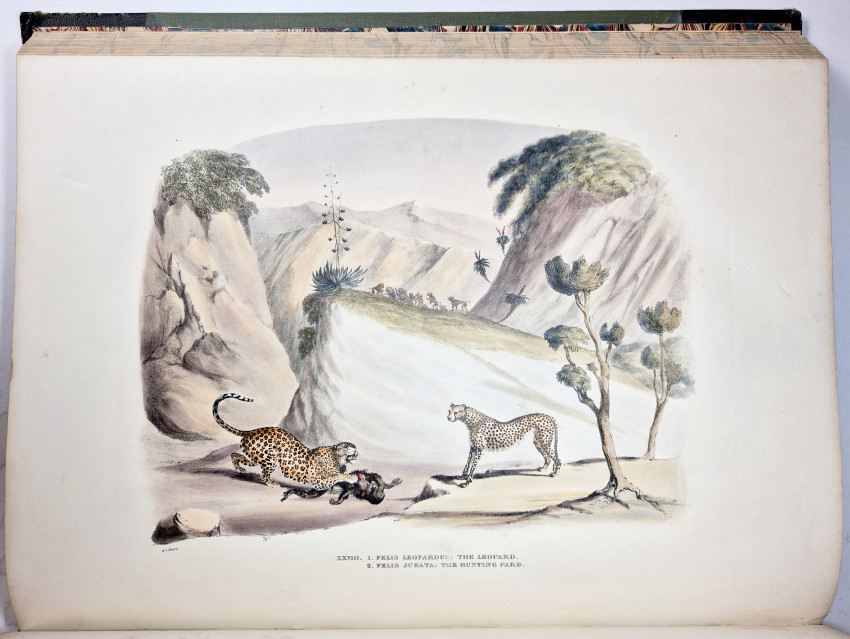
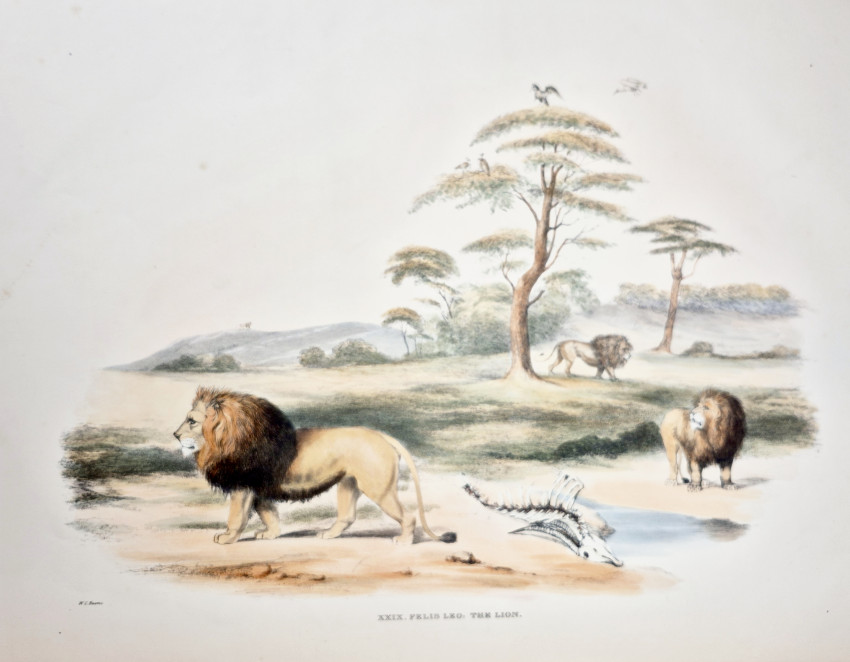
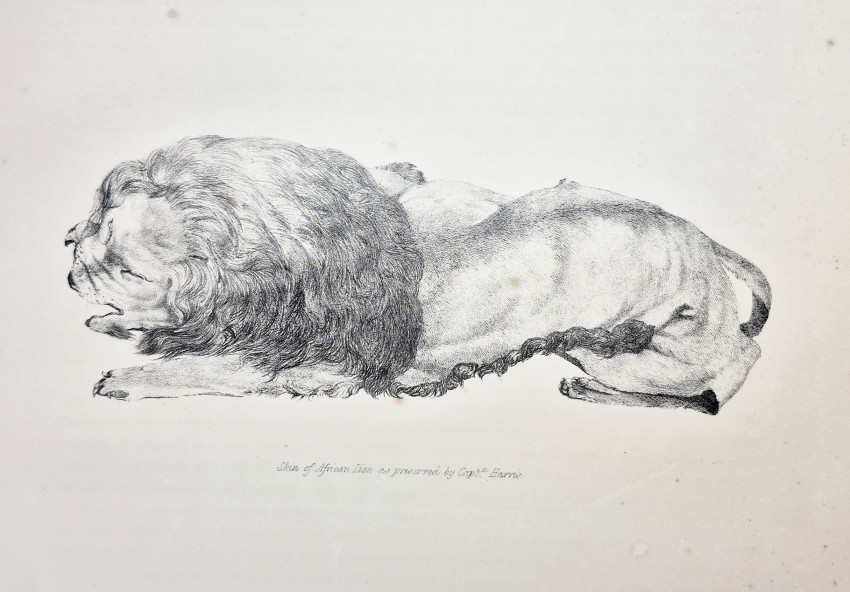

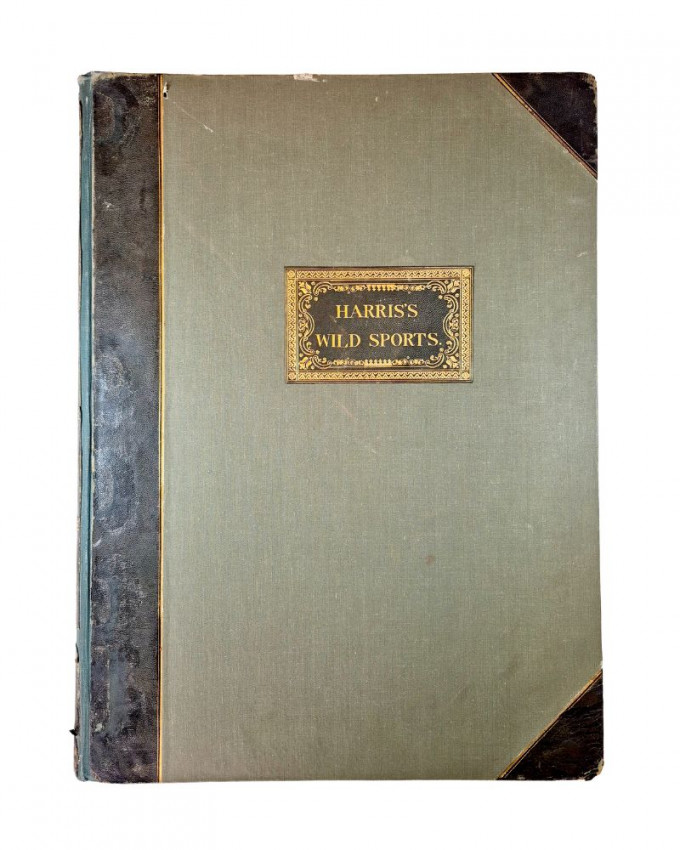
.jpg)
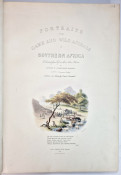
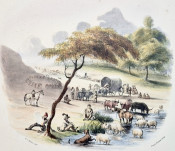




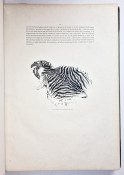



.jpg)

.jpg)



